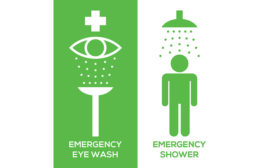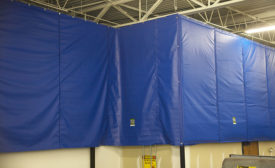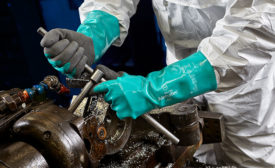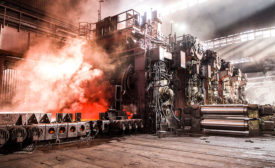Featured on Home Page
Networked high-tech sensors to the rescue
Smart lighting and signage could provide emergency information in case of fire
February 7, 2019
How to get the best from your dropped objects prevention program
“Look out below!”
February 7, 2019
Curtain walls trap noise in pockets of protection
A solution for sonic attacks
February 7, 2019
ANSI/ISEA 138-201x for Impact-Resistant Gloves
ANSI/ISEA 138 is a work in progress. The second consensus ballot/public review draft was released in October, 2018.
February 7, 2019
Research glove performance
Find the right balance of comfort & protection for the correct chemical
February 7, 2019
Editor's Letter
Out of the loop: Reasons to care about workers who feel alone
February 7, 2019
Combustible dust FAQs
Know the hierarchy of risk controls to effectively mitigate hazards
February 7, 2019
Become a Leader in Safety Culture
Build your knowledge with ISHN, covering key safety, health and industrial hygiene news, products, and trends.
JOIN TODAYCopyright ©2025. All Rights Reserved BNP Media.
Design, CMS, Hosting & Web Development :: ePublishing










